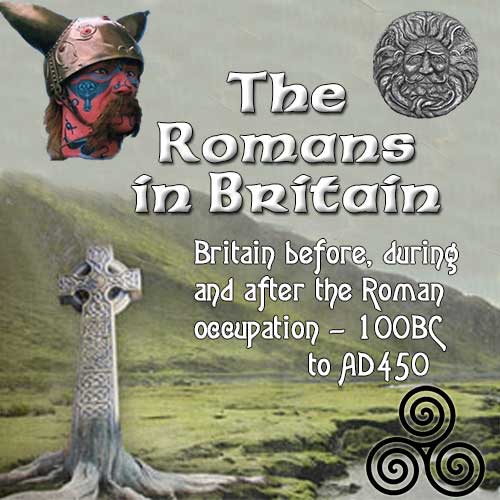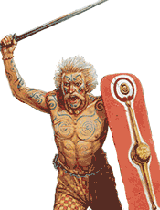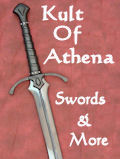Celtic Economy and Trade
Introduction
Prior to the Romans arriving in northern Gaul, the British were trading heavily with their counterparts in Europe.
The northern tribes were known to be more basic than their counterparts in the south. This is because the tribes in the south, even more in the south east, had been trading with the peoples on the continent for many years. There was a definite north south divide in Britain. If you imagine a line from Bristol to Lincoln and on to the North Sea, then that is roughly the dividing line between the more advanced southern tribes and the more savage north.
Trade with Gaul was not just tribe with tribe, it was also tribe with Roman in the occupied lands and also with Italy. Such goods as clothing, woven baskets and hunting dogs were highly prized by the Romans, so Britain had a thriving trade in these items. At least in the first half of the first century B.C.. This is evident by the existence of the ports of Hengistbury Head (Hampshire) and Mount Batten (Plymouth).
There was one aspect of the trade that annoyed the Gauls and hindered the development of trade routes and the variety and quantity of items. The British preferred to trade goods for goods rather than goods for currency. There may have been set prices for specific items, but the Britons would barter and haggle over the trading 'prices'. In Europe, the tribes were trading with the Romans and so took Roman coins in exchange for their goods.
However, this was to change. The southern tribes began to realise that trading some goods for Roman currency meant they could use Roman coinage to buy imported Roman goods. So, as the Roman influence in Europe grew, the bartering system began to die out and was gradually replaced by a goods for currency system.
We know about the British exports to Gaul by archaeological finds of these artefacts in Europe. We also know of the imports to Britain from the finds of items such as graphite coated and wheel thrown pottery made in Gaul and dating from the period. Fine glassware made an appearance and was highly prized among the Celtic upper classes for its novelty value.
Around 50BC, the situation changed. As the Romans reached the northern coast of Gaul, they turned their attention inland to the tribes and the Veneti in particular. Caesar began to obliterate them from the land and destroy their homes as a punishment for the resistance they had given to the Roman advance.
There is conflicting information about trade during the latter half of the first century B.C.. Export from Britain to the continent dropped almost to the point of cessation. But we do know that Italian wine was imported in large quantities using the standard Roman amphorae to transport it.
Maybe what actually happened was that the type of goods imported into and exported from Britain changed dramatically as merchants on both sides of the channel found different types of goods to trade and new outlets for these items. Among these new imports was tableware, bronze jugs oenochoe and silver goblets.
The down side to trading with Europe was the insistence of the Britons to barter goods for goods rather than goods for cash. Much of Europe had been overrun by the Romans, so trade between occupied tribal































